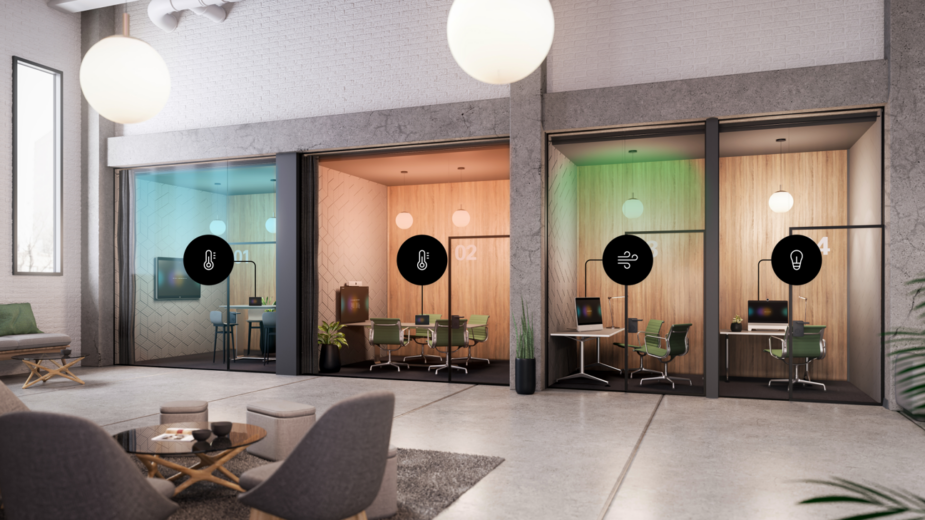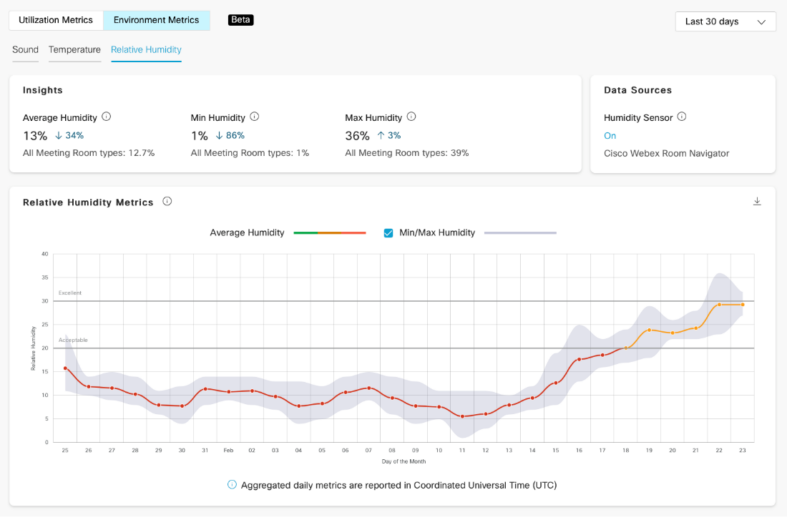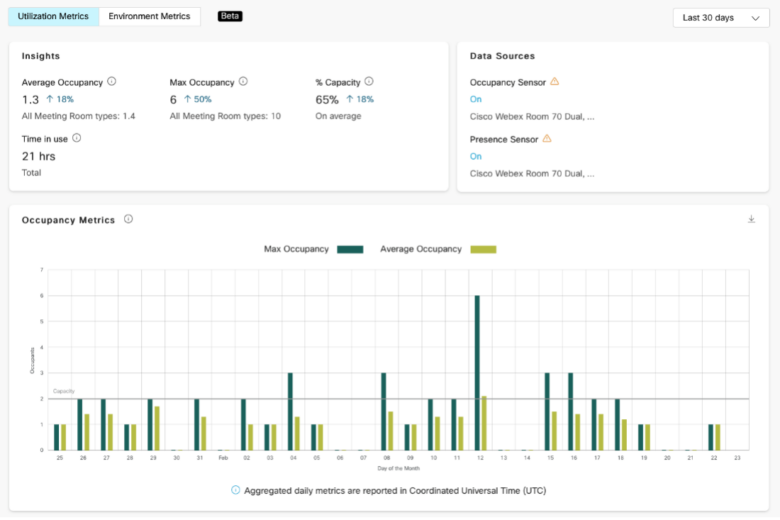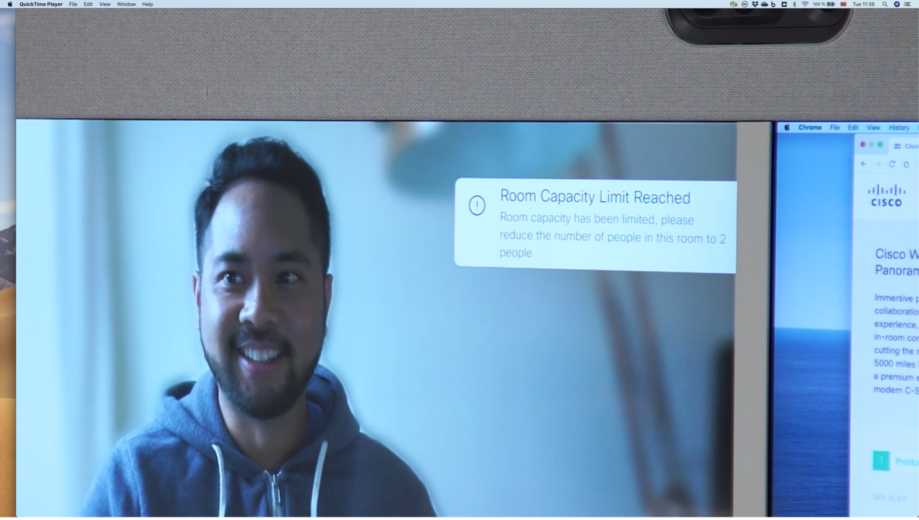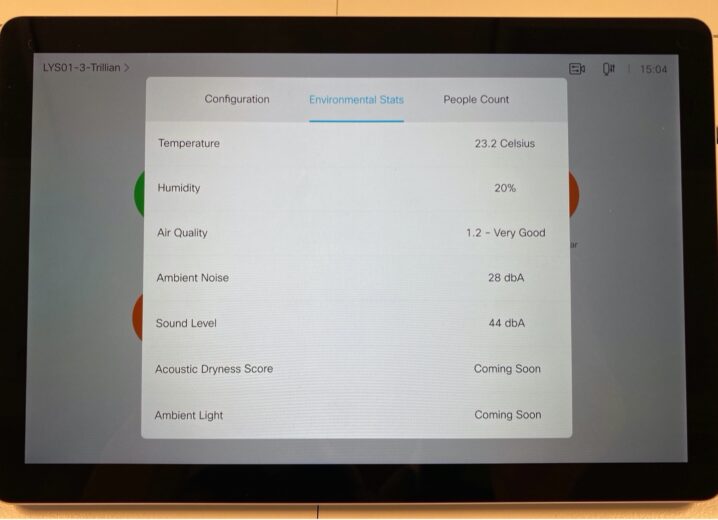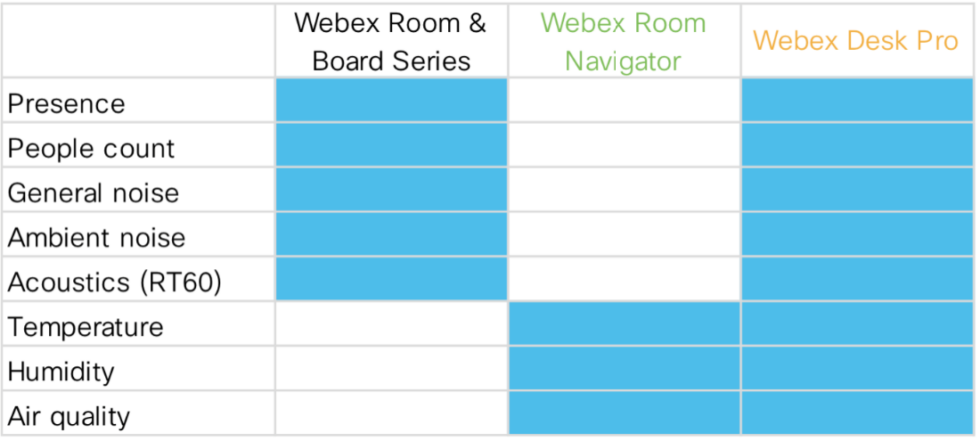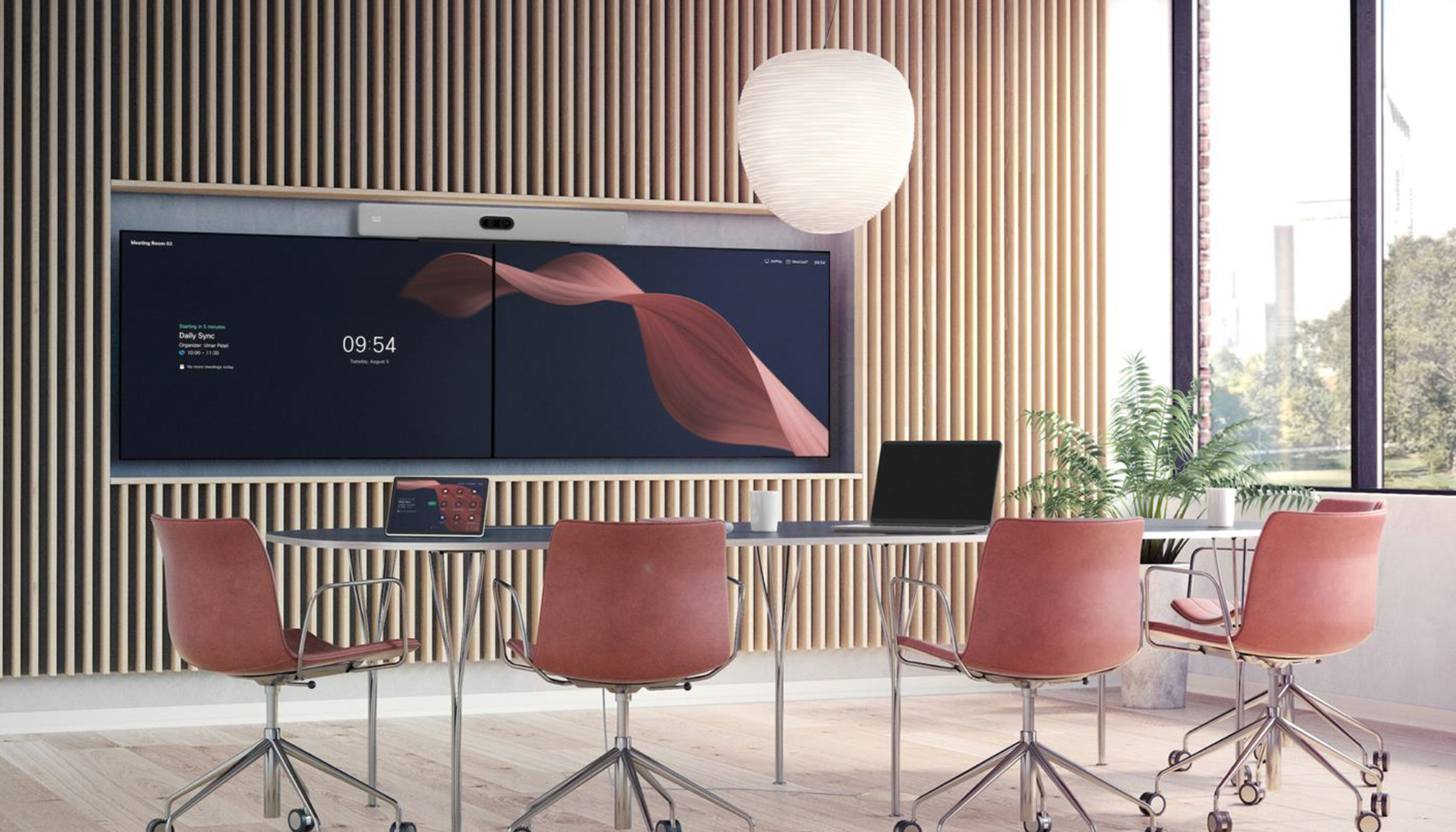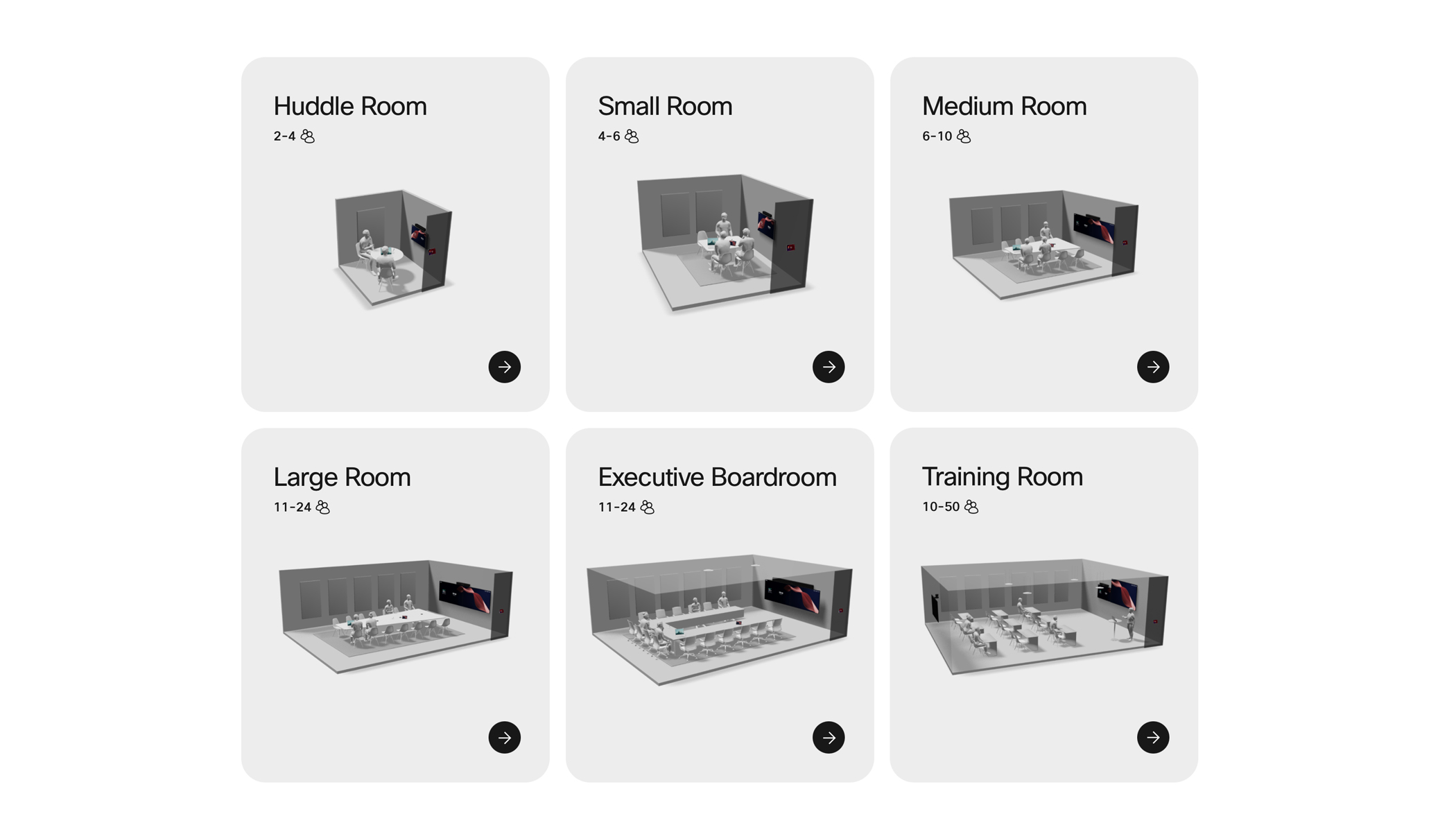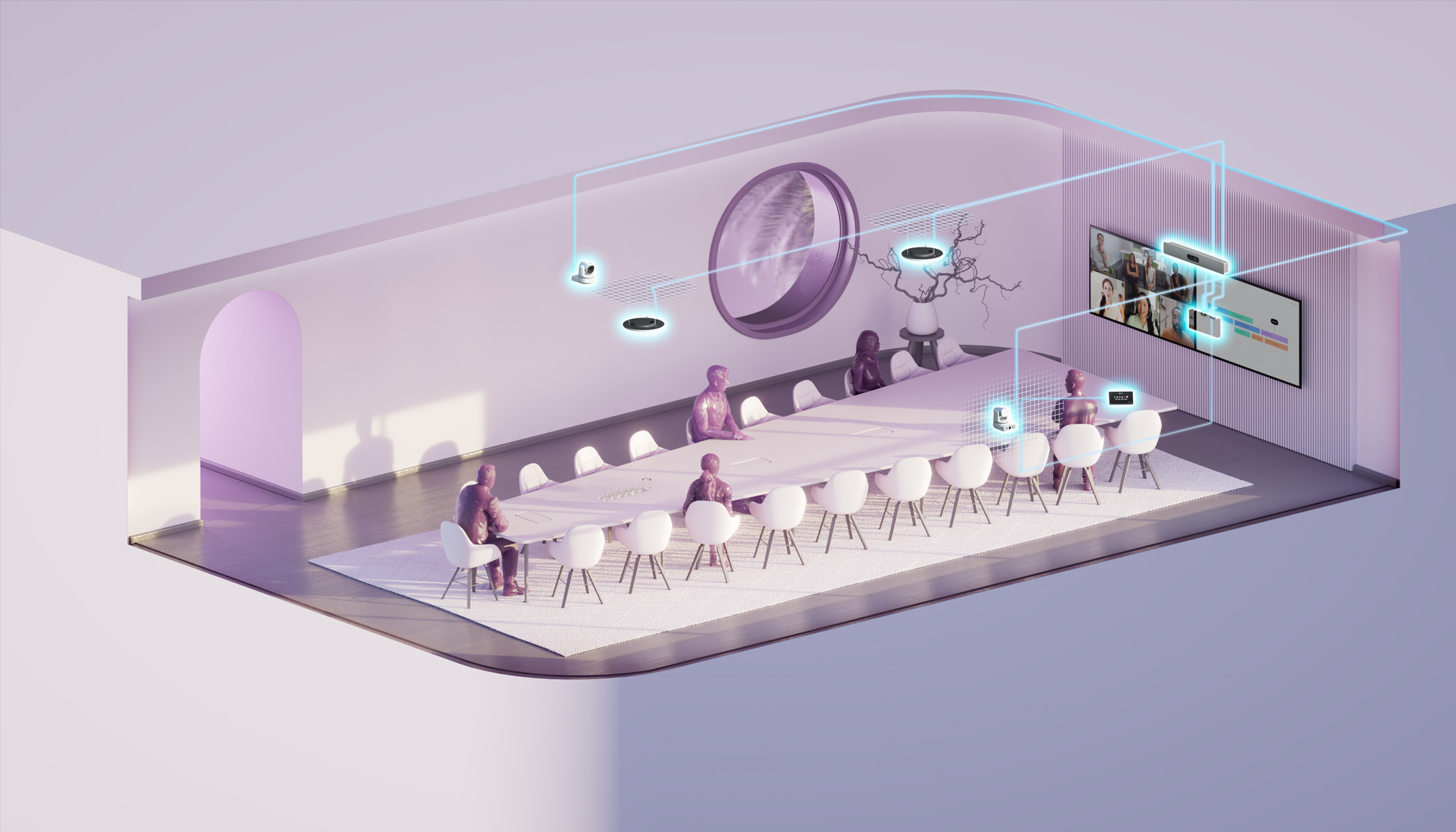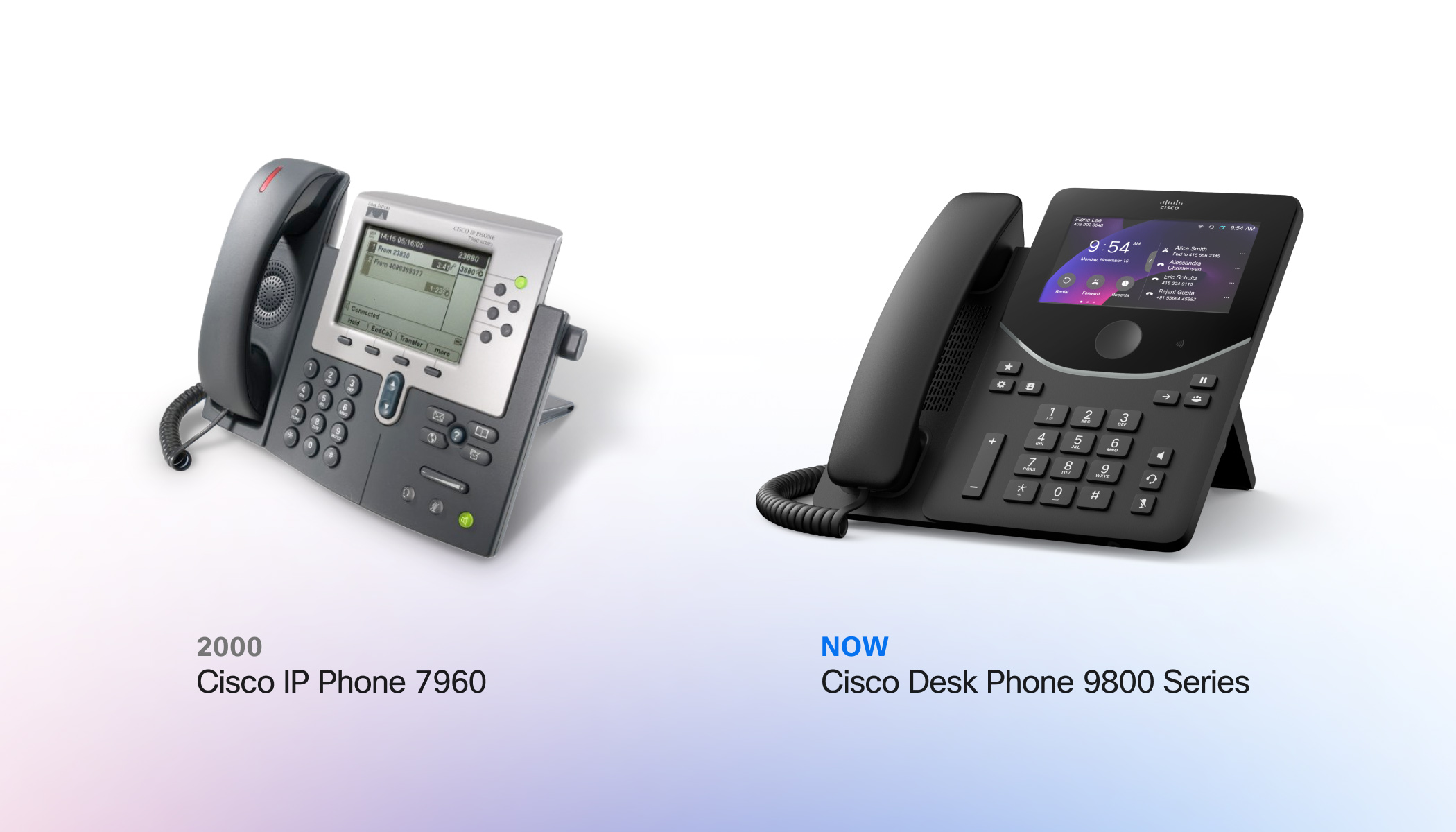You may already know that Webex Devices provide a great collaboration experience for people working from home or in the office, but did you know they are also equipped with powerful sensors?
Sensors aren’t just for data enthusiasts or those responsible for workplace optimization and safety. They can provide critical and timely information to employees which can drive behavior, build trust and at the end of the day, create an amazing workplace experience.
Have you ever been in a meeting room that felt crowded or stuffy and you just needed a few minutes to break away? Sensors, analytics, and automation solve this issue by giving people the information they need to make informed decisions about where and how they work.
A common argument against sensors is that they are expensive, difficult to install and require a team to track, manage and optimize spaces. That may be true for ad-hoc devices, but Webex Devices come equipped with powerful sensors out of the box, so you can easily gain the insights you need to optimize every workspace at no extra charge. It’s all included in the video conferencing device — no extra installation, no data scientists, just reliable insights.
We recently discussed how sensors and workplace analytics can help deliver a safe return to the office. Now, let’s take a closer look at how various roles can benefit from sensors:
The office worker
For users, the complexity of sensors, data and analytics are always hidden. For example, if there are too many people in a room or the air quality is poor, the sensors in the Webex device will measure the conditions and an alert can be delivered straight to the video conferencing device, a Webex Room Navigator on the table or even a 3rd display.
The messages and warnings are fully customizable so organizations can adapt messages to the characteristic of the room. For example, the alert can notify people in the room to open a window if there is one, use another room and provide direction to the closest available room, or reduce the amount of people if the threshold limit is reached. The possibilities are endless, and it can all be automated, so no one has to sit in front of a screen all day monitoring and manually alerting people.
The HR and facilities representative
If you are in human resources or the facilities department, Webex sensors and analytics enables you to know if workers are staying in a healthy environment and whether the criteria for comfort, safety and energy are met. And historical data and insights are reported directly into the Webex Control Hub Workspace tab so you can have a full view of how environmental factors are trending.
Optimizing workspaces with Webex sensors
Webex Devices provide various types of sensors for ensuring safe and productive workspaces. These are the sensors available today:
1) Presence & people count for real estate optimization
Spaces are rarely used to their full potential; they are often overused or underused which can lead to productivity loss. Some rooms could be divided, while others should be augmented. Space optimization has a direct impact on energy and the cost of real estate, but more importantly on employees’ productivity and wellbeing. People count in Webex Devices uses AI to accurately detect humans, whether they are facing the Webex Device or not. This data makes it easy to plan and optimize spaces based on usage trends.
2) Temperature & humidity for reducing the risk of virus transmission
Temperature and humidity need to be thought of simultaneously because the one affects the other. While temperature is mostly a human preference, maintaining a temperature of 21 to 25 degrees Celsius for a person sitting still is deemed productive.
Research also points at regular burst of cold air to improve productivity. With regards to humidity, we need to be more prescriptive. Usually, humidity levels between 30% and 60% are recommended, as it’s considered most healthy for humans.
Itchy eyes, throat irritations and respiratory symptoms have been associated with unfavorable humidity levels. And more recent studies also show that the level of humidity has a direct impact on the propagation of the Covid-19. They suggest maintaining relative humidity levels between 40% and 60%.
3) Air quality & VOCs for preventing air saturated with pollutants
Volatile Organic Compounds (VOC) are present in furniture and carpets, cleaning products, perfumes, when food is cooked and in human breath. When they accumulate in a room, they can cause irritations, headaches, and loss of concentration which results in discomfort, productivity loss or even danger.
Poor air quality can often be circumvented with better ventilation. Tracking people count and air quality simultaneously can also help you find root causes and possible adaptations.
The Webex platform APIs also enable the automation of these processes, so the data can be rendered and acted upon. Both the Webex Desk Pro and Webex Room Navigator are enabled with TVOC sensing. Values reported in the Control Hub follow UBA reference levels and indicate 5 different levels of air quality.
4) Noise measurements for designing comfortable spaces
Noise at work is one of the major causes of dissatisfaction. It can hinder productivity, focus, memory retention and mental arithmetic.
Webex measures two types of noise, the overall noise produced by people, tools, and the building itself, and the ambient or background noise produced by the HVAC systems, for example. Isolating noises will help better understand the kind of annoyances people are confronted with and how they can be resolved. The WELL Building Institute recommends no more than 35dBA background noise in conference rooms.
5) Good acoustics for improving intelligibility and reducings strain
Bad acoustics in rooms generates reverberance that causes fatigue. Meeting rooms with glass walls are a typical example. The WELL standard recommends reverberation times of less than 0.6 second in conference rooms.
While this is uncomfortable for workers inside the room, it is even more so for people who are on a call and sitting in the far end where it becomes difficult for the brain to process and separate sound sources. We’ve all experienced this “speaker in a box” feeling.
Webex Devices measure the RT60 (reverberation time) on a regular basis without emitting testing sounds.
In addition to these environment sensors, Webex Devices can also report on the activity and status of a room. APIs give access to information such as: ongoing calls, presentation sharing in and out of call and booked rooms., This information can be used to better understand how rooms are used.
The right sensor at the right place
Analytics from Webex Devices come from multiple sensors within our device portfolio. People count is an attribute of the Webex Room and Board series. Usually located against a wall, centered and at bodies’ height, it is the best placement for recognizing and counting people. Air quality, temperature and humidity on the other hand are located inside the new Webex Room Navigator, on the table, and closer to where people are sitting, hence reporting conditions as they are experienced by people themselves.
In the past, organizations concerned with environment health and space optimization invested in sensors for the workplace, but for many, the cost of acquisition, integration, licenses, and maintenance was often a deterrent. With Webex Devices, rooms enabled with collaboration technology now double as a smart sensors hub and provide the analytics and insights you need to continuously monitor and optimize spaces.
Webex Devices have sensors built-in, securely reporting on your network and into a dashboard — so don’t wait, get to your Webex Control Hub now and watch those Workspaces in action.
To learn more about sensors and analytics, read The Collaboration How-To Guide for the Hybrid Workplace.
Learn more
Innovations from Webex Experts: Making Devices even better
Securing users and devices in Webex
Cleaning shared touch-screen devices
Still need help?
What would you like to do?
Learn more about web meetings and video conferencing.
Explore daily product demonstrations
Visit our home page or contact us directly for assistance.
